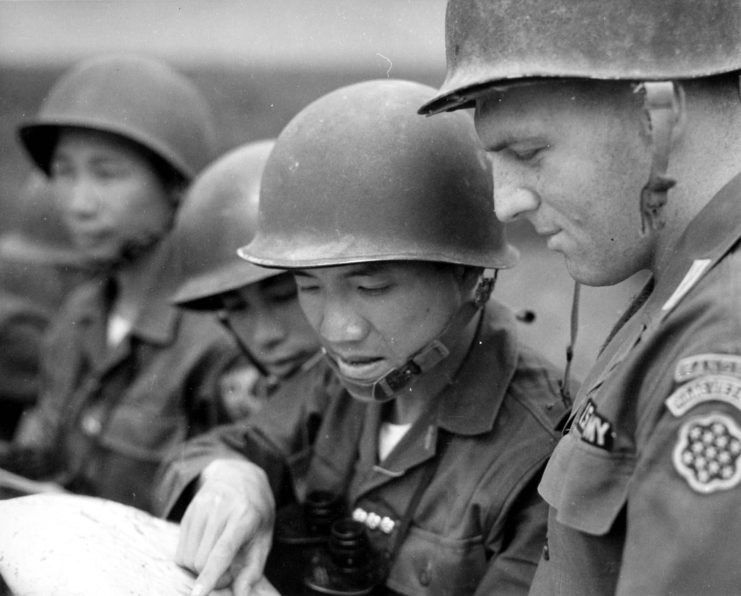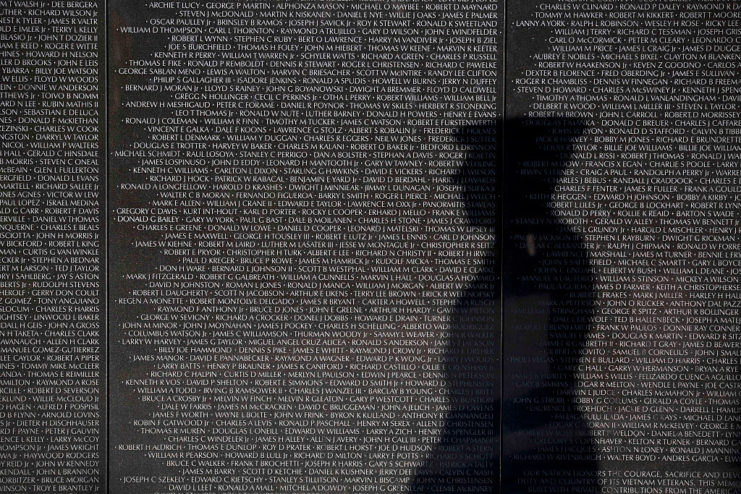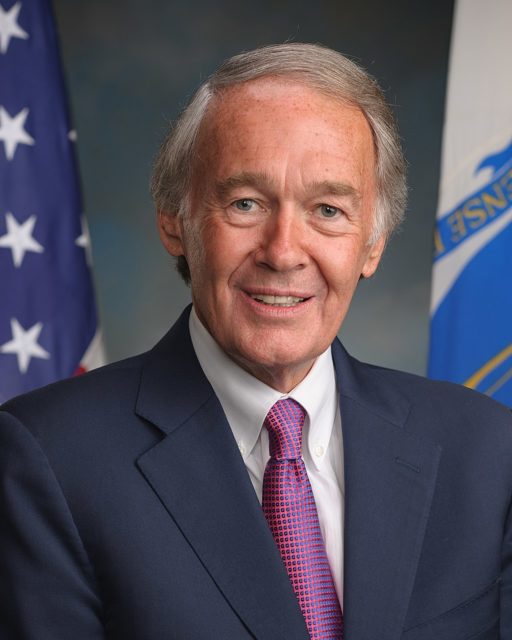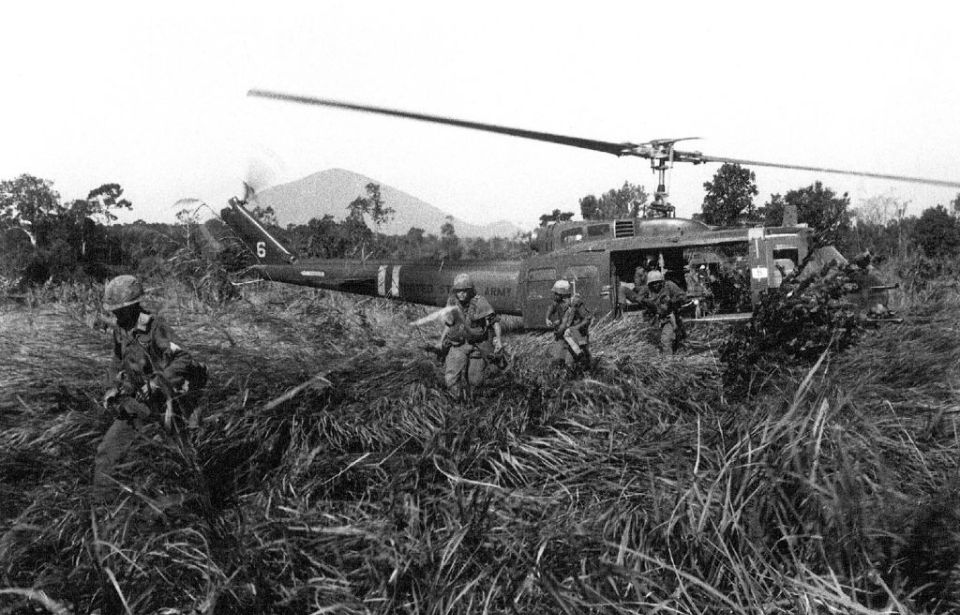The question of when the Vietnam War truly began remains unsettled among historians. Some trace its origins as far back as 1887, when Vietnam became part of French Indochina. Others point to 1946, when Ho Chi Minh launched a guerrilla campaign against French occupation. Still another view places the start in 1950, when the United States significantly increased military and financial support for France’s war effort.
Richard Fitzgibbon Jr.’s untimely death

Richard Fitzgibbon Jr., born on June 21, 1920, in Stoneham, Massachusetts, was a career serviceman who fought in World War II before later joining the U.S. Air Force. He had first enlisted in the Navy but eventually transferred branches, working his way up to the position of technical sergeant. While deployed to Vietnam as part of the Military Assistance Advisory Group (MAAG), his duties centered on preparing South Vietnamese pilots for combat.
On June 8, 1956, Fitzgibbon was serving as crew chief when his aircraft came under attack. During the chaos, he had a heated exchange with Staff Sgt. Edward C. Clarke, though Fitzgibbon managed to keep his composure and directed the radio operator to stay on task.
That evening, Clarke, still harboring resentment from the earlier confrontation, went out drinking in Saigon. Intoxicated and enraged, he later confronted Fitzgibbon, who had been distributing candy to neighborhood children, and shot him dead with his sidearm. Soon after, Clarke fought with Vietnamese police while trying to escape and either leapt or fell from a second-story balcony, a fall that ended his life.
Not classified as a casualty of the Vietnam War

Richard Fitzgibbon Jr. died during the Vietnam War era, but at the time, his death wasn’t officially linked to the conflict. His family was heartbroken by the loss, and his son, Richard Fitzgibbon III, later enlisted in the U.S. Marine Corps to serve in Vietnam. Tragically, he was killed in 1965 after stepping on a landmine.
Their deaths represent one of only three known instances where both a father and son were killed in the Vietnam War.
In 1988, a relative named Richard DelRossi visited the Vietnam Veterans Memorial in Washington, DC. He was able to find the name of Richard Fitzgibbon III on the wall, but not that of Fitzgibbon Jr. This was because, at the time, the memorial only included names of those who died after 1961—the year the Department of Defense had designated as the war’s official start.
Richard Fitzgibbon Jr.’s family advocates for a change

After returning home, Richard DelRossi shared his father’s story with the rest of the family, and together they launched a petition to have Tech. Sgt. Richard Fitzgibbon Jr.’s name added to the Vietnam Veterans Memorial. Their efforts stretched almost a decade, but despite their persistence, they made little progress.
In 1997, their luck changed when they visited a traveling replica of the memorial and met U.S. Representative Ed Markey (D-MA). Deeply moved by the family’s account, Markey—who would later become a U.S. Senator—took up their cause. Although he encountered bureaucratic resistance, he remained committed. His determination paid off: the Department of Defense revised the official start date of the Vietnam War to November 1, 1955, coinciding with the establishment of the Military Assistance Advisory Group (MAAG) in Vietnam.
More From Us: This Silent Plane Flew Over Vietnam’s Treetops Undetected
Finally, on Memorial Day in 1999, the Fitzgibbon family stood before the Vietnam Veterans Memorial as Richard Fitzgibbon Jr.’s name was officially added—honoring the sacrifice they had long fought to have recognized.
